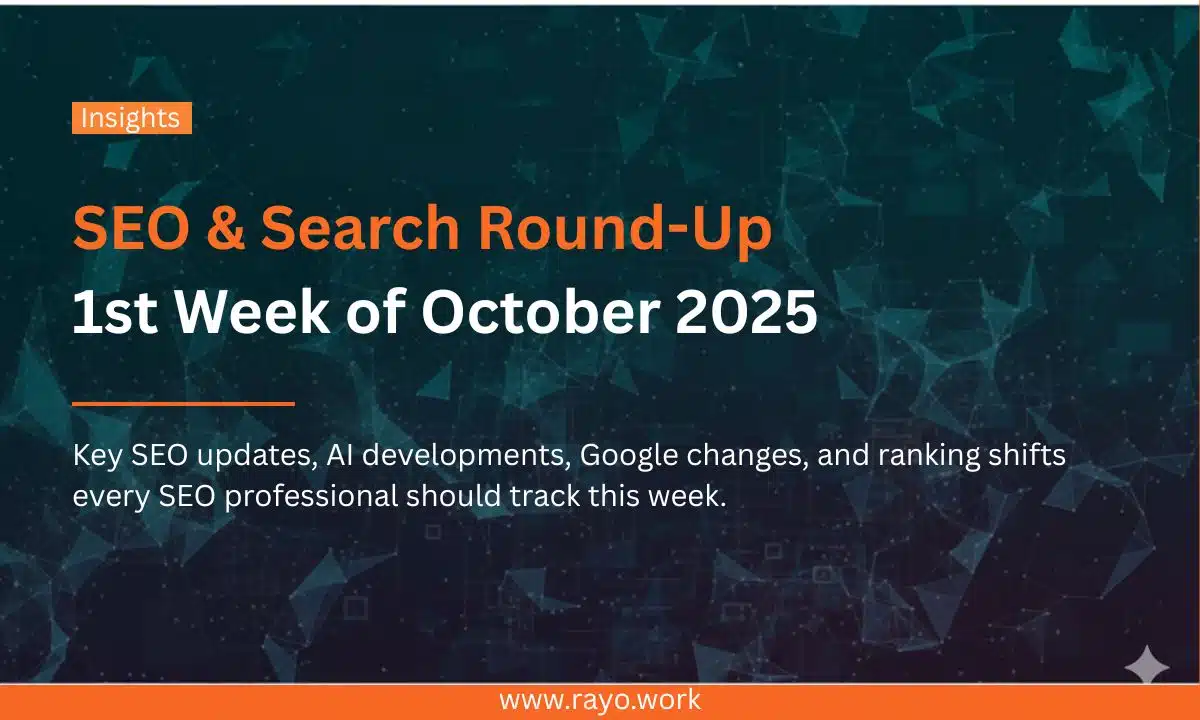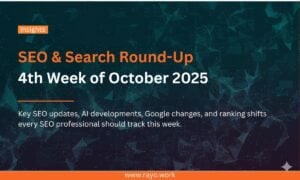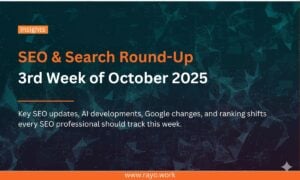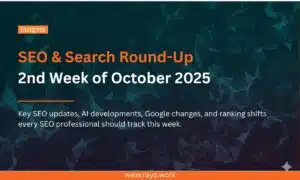The first week of October has already delivered another wave of developments shaping the future of search. AI continues to dominate the conversation, from Google’s latest experiments with visual and conversational AI Mode to new insights on how AI Overviews overlap with organic search results.
At the same time, SEO tools are introducing AI-focused features. Video content, especially YouTube, is standing out as a major authority in generative search. Add in the shift ChatGPT is making in ecommerce discovery, and there’s plenty for SEOs to unpack this week.
Here’s a look at the biggest stories you shouldn’t miss, and what they mean for your strategy.
1. Yoast Announces New AI Visibility Tool
What happened:
Yoast launched a new “AI Visibility” (aka Brand Insights) tool in beta. It tracks brand mentions, sentiment, competitor benchmarking, and citation presence within AI platforms (e.g., ChatGPT), without needing a plugin or CMS integration.
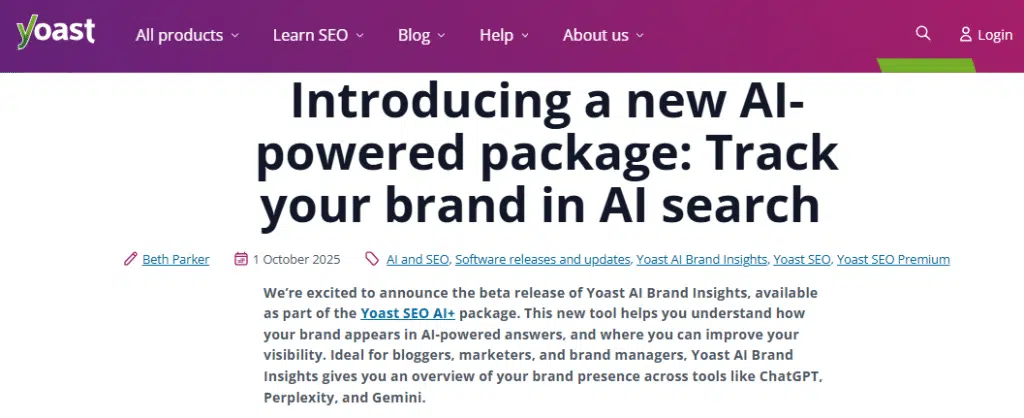
Why it matters:
As AI answers become a user’s first interface, having visibility within those answers becomes as important as website ranking. Tools like this help measure where you stand in the AI answer space, not just organic SERPs.
What to do:
- Try it (if accessible) and benchmark your brand’s AI visibility vs. competitors.
- Use sentiment tracking to catch reputational trends early.
- Align content efforts to get mentions, citations, and concise answers that AI models may pick up.
2. Google AI Overviews Overlap Organic Results by 54%
What happened:
BrightEdge data shows that 54% of AI Overview citations match pages already ranking in the organic SERPs, leaving 46% that are unique. But overlap varies by vertical; for example, the e-commerce overlap is very low (~22.9%).
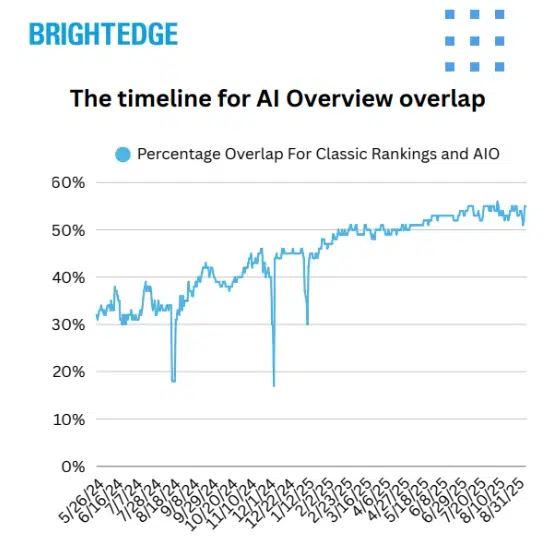
Why it matters:
A high overlap means that in many niches, optimizing for traditional SEO still helps with AI visibility. But sectors with low overlap (like e-commerce) might need parallel strategies.
What to do:
- Compute your site’s overlap profile, and how many of your pages are cited in AI Overviews that also rank organically.
- For high-overlap verticals, double down on traditional SEO + content quality.
- For low-overlap verticals, create “AI-first” content (concise, answer-centric) AND classic pages to cover both bases.
3. YouTube Gains 200x Citation Advantage in AI Search
What happened:
BrightEdge data shows that YouTube is cited 200× more than any other video platform in AI-driven search results (ChatGPT, Google’s AI, Perplexity). Other platforms like Vimeo, TikTok, and Twitch are nearly absent.
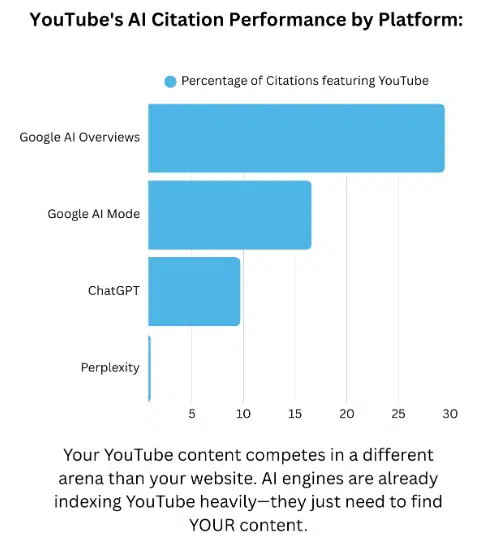
Why it matters:
Video is clearly a dominant content format in AI search, and YouTube is the go-to source. If you want to be surfaced in AI-powered answers, video (especially on YouTube) is a powerful lever.
What to do:
- Create short, clear answer-style videos tied to core queries.
- Optimize titles, descriptions, and transcripts for clarity, context, and semantics.
- Encourage citations from other sites (embed, reference) to boost video authority.
4. Google AI Mode Adds More Visual / Conversational Responses
What happened:
Google is testing more visual responses in its AI Mode: images, richer layouts, and conversational overlays in search results, not just textual snippets.
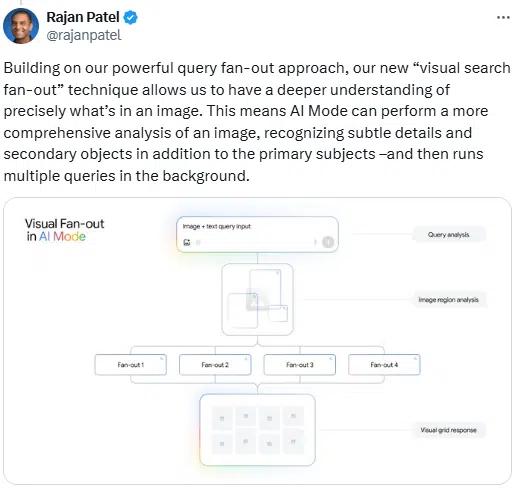
Why it matters:
AI answers are not just about text; visuals will increasingly matter. Content that includes images, diagrams, or clear visual cues may be favored for richer AI responses.
What to do:
- Ensure every article has high-quality, relevant visuals (infographics, charts).
- Add alt text, captions, and structured markup describing image content.
- Experiment with formats like “image + short answer” to see if they get picked up in responses.
5. ChatGPT Shopping Reshapes E-commerce SEO Rules
What happened:
OpenAI introduced Instant Checkout inside ChatGPT, allowing U.S. users (Free, Plus, Pro) to purchase items from Etsy directly in-chat. Shopify merchants will be added soon. This is powered by the open-source Agentic Commerce Protocol, built with Stripe.
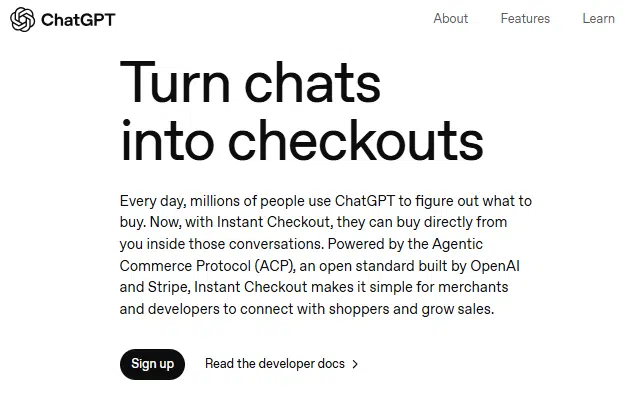
Why it matters:
E-commerce sites must optimize not just for SERP clicks, but for AI-led discovery and intent capture. Products may be surfaced directly in AI experiences, bypassing traditional search pages.
What to do:
- Structure product metadata clearly (feature, benefit, specs) so AI systems can parse it.
- Provide concise product summaries and FAQs that AI can lift.
- Monitor AI platforms’ purchasing behavior; use internal logs to see which products get surfaced by AI tools.
Other Great Search Threads (1st Week of October 2025)
- ccTLDs for Global Sites – John Mueller on Bluesky
→ John clarified that using a country-code TLD for a global website is fine unless you plan to target another country, which can create a mismatch. (Link) - AI Visibility Tracking Gets Social Mentions – Lily Ray on X
→ Lily shared an example of how a single X post appeared in AI visibility tracking tools, highlighting how social mentions now influence AI presence. (Link) - SEO for Agentic Interfaces – Joyanne Hawkins on X
→ Joyanne discussed how SEOs must adapt to AI and agent-driven discovery rather than relying solely on traditional SERPs. (Link) - AI Visibility Tracking Trends – Gagan Ghotra on LinkedIn
→ Gagan echoed Lily’s post, noting that AI visibility tools are starting to count even single social posts as brand mentions — a glimpse into AI-driven brand tracking. (Link) - Google Indexes 30K LLMSTXT Files – Cyrus Shepard on LinkedIn
→ Cyrus shared that Google has indexed nearly 30,000llmstxtfiles, showing growing interest in AI content directives for model training and indexing. (Link)

Ridam Khare is an SEO strategist with 7+ years of experience specializing in AI-driven content creation. He helps businesses scale high-quality blogs that rank, engage, and convert.
